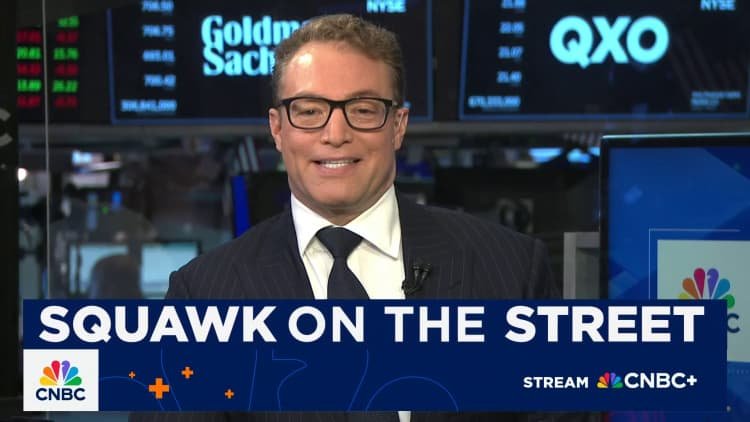The Potential Impact of Tax Proposals on New York City’s Wealth
Overview of Zohran Mamdani’s Tax Proposal
The recent primary victory of Zohran Mamdani in New York City’s mayoral race has ignited discussions about the city’s tax policies, especially regarding a proposed increase in taxes on wealthy residents. His plan includes a new 2% tax for individuals earning over $1 million annually. When combined with the existing top tax rate of 3.876%, this would raise the total tax burden for high earners in New York City to approximately 16.776%, positioning it as the highest in the United States.
Concerns About Wealth Flight
Concerns have emerged about a potential exodus of wealthy residents in response to these proposed changes. Many affluent individuals in New York are reportedly considering relocating to more tax-friendly states like Florida. Real estate brokers in Florida have noted a significant increase in inquiries from high-income individuals looking to move to Miami or Palm Beach. Additionally, local business owners have expressed frustration, with some threatening to either leave the city or shut down their operations.
Implications of High Taxation
An important aspect of this issue is that individuals can avoid these high taxes without leaving the vicinity of New York City. They could simply relocate to nearby Long Island, Westchester County, or even New Jersey, where the tax burden is lighter. “High earners have the flexibility to maintain their lifestyle while moving out of the city,” points out a tax expert. This makes it easier for affluent individuals to continue enjoying the city’s amenities while reducing their tax liabilities.
Political and Economic Landscape
Mamdani’s proposed policies have raised concerns among critics, particularly regarding their impact on public safety and policing. Business owners and top earners who are already contemplating a departure may view these policies as the last straw, leading to further economic implications in the city. High-income earners contribute significantly to city revenues, and any loss in this demographic could result in decreased services and increased out-migration.
Existing Trends in Wealth Migration
Data indicates that New York is already experiencing a significant loss in adjusted income as wealthy taxpayers relocate. Reports show that New York state faced a net loss of around $14 billion in adjusted income between 2021 and 2022 due to taxpayer migration. However, while personal income tax revenue declined from 2022 to 2024, it remains above pre-pandemic levels. Furthermore, the number of millionaires in New York City has notably increased, with figures showing that the population of millionaires has more than doubled over the last ten years.
The Resilience of New York’s Wealth
New York is still considered a major magnet for wealth due to its luxury lifestyle, cultural richness, and quality education. Reports indicate that demand for high-end real estate remains strong, even after Mamdani’s primary success. Recent data show an uptick in contracts for luxury apartments exceeding $4 million, suggesting that the market for luxury housing is thriving despite concerns surrounding taxation.
Economic Rebound After COVID-19
The recovery trajectory for both wealthy individuals and business owners in New York City appears promising. After experiencing a net loss of high-income households during the pandemic, the population of those earning $1 million or more has rebounded. Some experts argue that claims of a mass departure of wealth are exaggerated, driven by media narratives focusing on a few high-profile individuals moving away. The city continues to produce new millionaires at a rate that outpaces any losses.
Tax Rates and Migration Patterns
Contrary to popular belief, research suggests that the top 1% of earners in New York leave the city at a fraction of the rate of lower income groups. When high-income individuals do relocate, they often move to other states with similar or higher tax burdens, indicating that lifestyle choices may influence their decisions more than tax rates alone. Although some experts assert that high tax rates contribute to migration, others argue there’s a lack of substantial evidence to support significant behavioral changes in wealth patterns due to tax policy.
In summary, Mamdani’s proposed tax policies are generating considerable media attention and concern among New Yorkers, particularly regarding their implications for wealth retention and public safety. However, the resilience of the city’s wealthy segment and the robustness of its luxury real estate market reflect an ongoing vitality in New York’s economic landscape.
